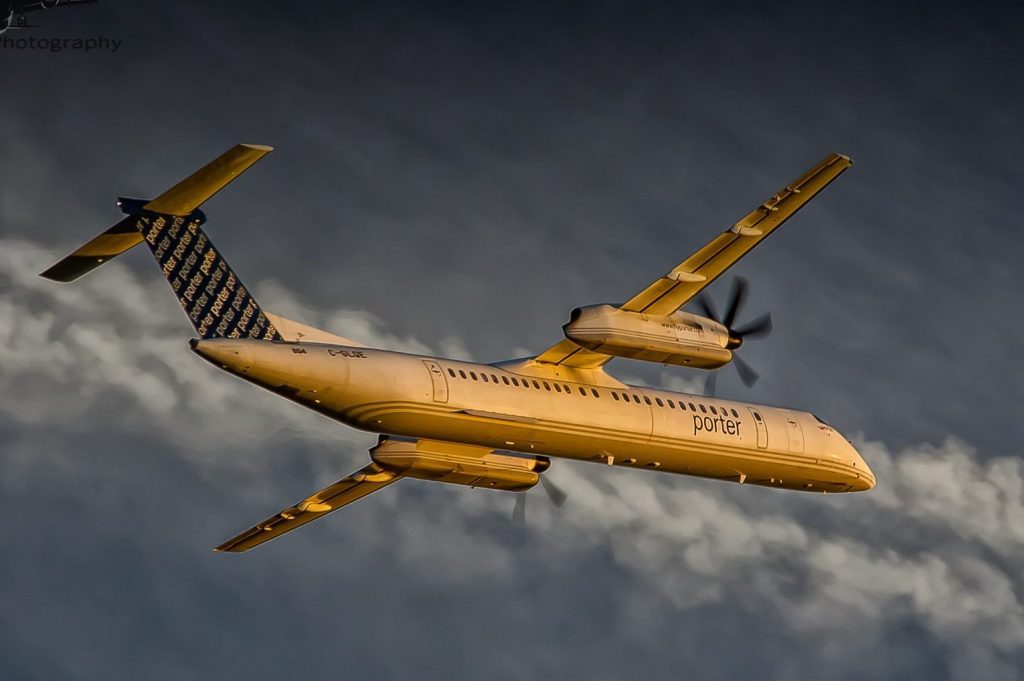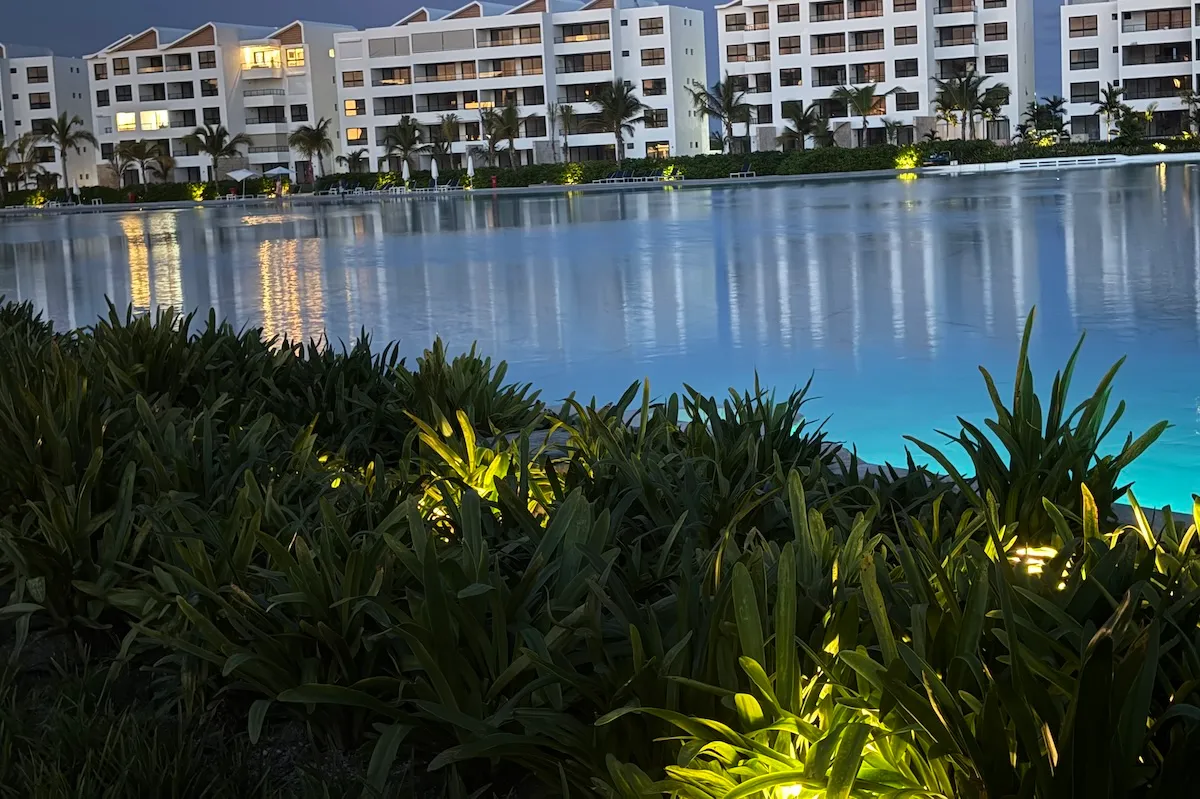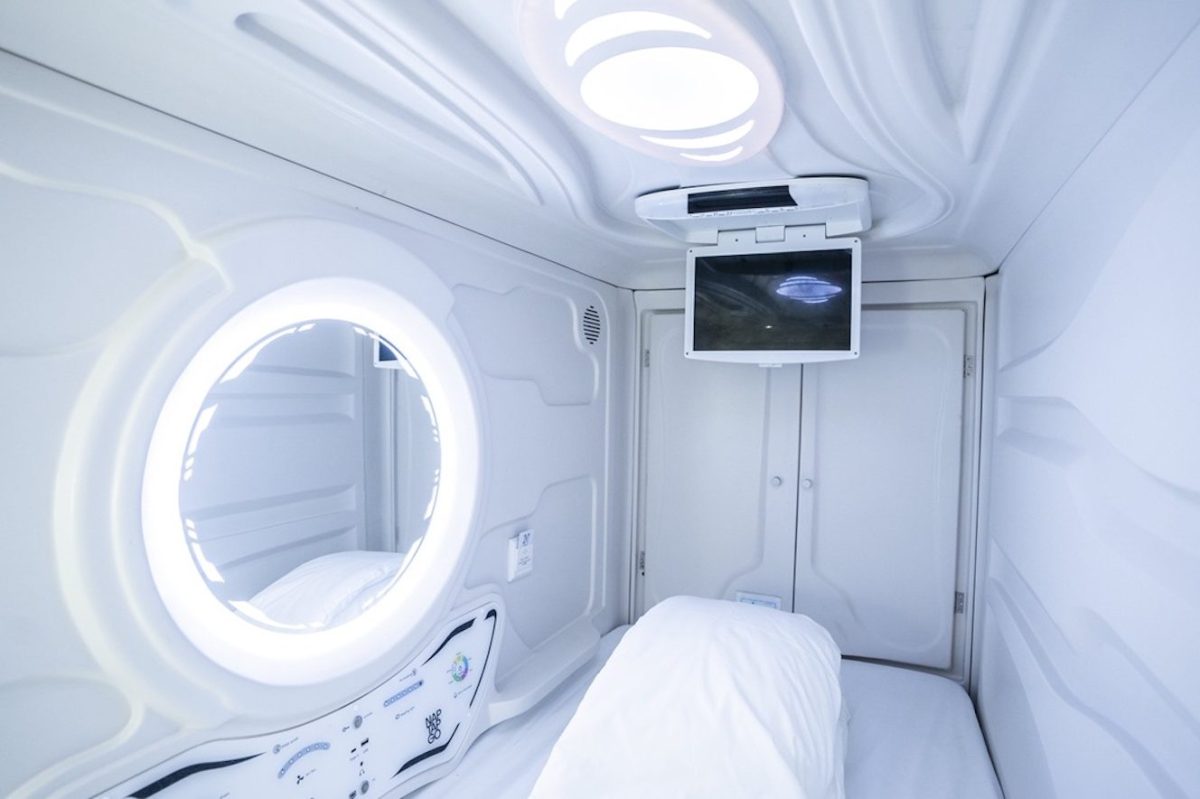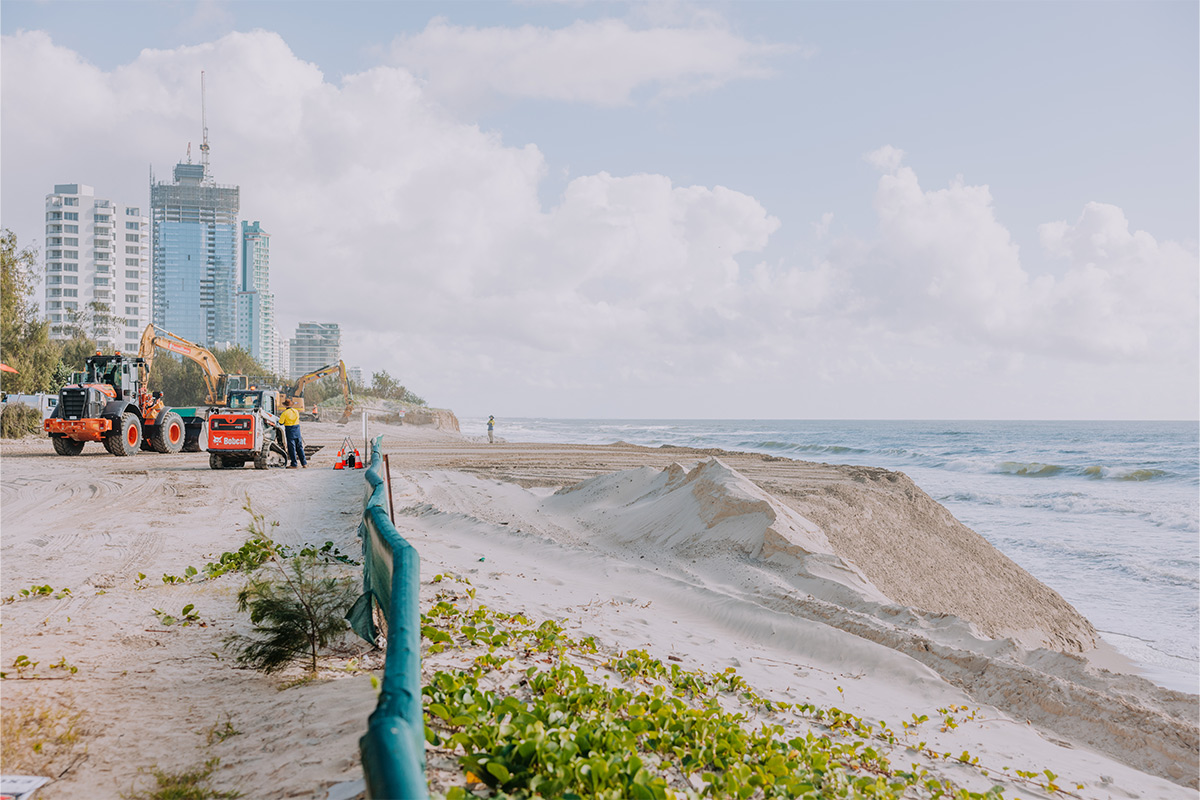A Passenger Wish List When Designing an Airline From Scratch

Skift Take
 Colin Nagy, head of strategy at Fred & Farid, a global advertising agency, writes this opinion column for Skift on hospitality, innovation, and business travel. “On Experience” dissects customer-centric experiences and innovation across hospitality, aviation, and beyond.
Colin Nagy, head of strategy at Fred & Farid, a global advertising agency, writes this opinion column for Skift on hospitality, innovation, and business travel. “On Experience” dissects customer-centric experiences and innovation across hospitality, aviation, and beyond.
Modern luxury companies, according to Lean Luxe, are reinventing countless categories.
The names are no doubt familiar: Warby Parker for glasses, Casper for mattresses, Parachute for linens. Almost every category seems to have someone, even like Quip for the toothbrush, turning things around.
But as these companies gain share with a consumer that is obsessed with strong branding, transparency, and a fresh approach divorced from legacy operating structures, it's fun to think about what it could look like in the airline space.
Something highly consumer-centric in a world of passenger betrayal, something with a brand as strong as the new stalwarts outlined above, and something people could feel actual loyalty for without points schemes.
The state of U.S. domestic airlines — and some other international airlines — can indeed be dire, and innovator Virgin America will soon be extinguished through its merger last year with Alaska Airlines.
One of the most charming, sharp airlines, Porter, seems to be a holdout on quality, but it only flies limited routes to and from Canada.
So, based on the formula of these so-called modern luxury companies, I’ve outlined the potential characteristics of what a new style of airline could be. Yes, I know this is rife with operational and financial complexities, labor snarls and route competition. But this is merely some creative (and wishful) thinking.
Quiet Confidence in Branding
The market is littered with sub-brands like United's former airline Ted that always seemed forced, and the result of long, arduous focus groups and highly paid branding agencies owned by monstrous holding companies.
This new, hypothetical airline needs to be quiet, crisp, and elegant. For inspiration, look no further than the recent re-brand of Air Canada, as well as the entire branding of Porter, both done by Winkreative.
The advertising and communications should reject the cheap and overused category cliches and use interesting photographers to document the brand, in the channels that matter to them. Think of Instagram at its best versus top-down calculating brands in terms of aesthetic. Written communication should be crisp, clear and simple with a well-articulated value proposition. Planes would be new, ideally the Boeing 787 or the Airbus A350, allowing passengers to arrive in comfort with more humidity in the air and lower cabin pressure.
Virtue of Product
We cannot ignore the commercial realities of the airline industry, so it's hard to advocate for some overly luxurious and utopian approach. However, in every cabin, considerate details should abound.
For inspiration, Etihad’s headrests in economy on the A380 allow passengers a comfortable way to nod off even if they're in coach. Virgin America’s dine on demand eliminated the need for a trolly blocking the aisle, and also allowed passengers to pay and select from their seat backs. Emirates food in economy is inspired. JetBlue's Mint Class is innovating in terms of private design for business travel.
In addition, an opportunity exists to improve in-flight entertainment and make it aligned with how people want to consume media today. It is one thing to have an avalanche of content. The other thing is to actually add value in the packaging and curation.
Elsewhere, look to Norwegian for a well-priced "business" option. Not a fully flat seat, but something that offers a higher level of comfort for long-haul flights, while still having enough capacity to sell the necessary amount of tickets.
Transparency and Credibility
Modern customers want to know what they are buying and don't want to be nickel and dimed with every small thing. A clear fare that transparently states exactly what comes along with it, and making sure the baseline needs of travelers are addressed in terms of baggage, seat selection, and boarding areas.
No hocus pocus, bait and switch or caving to Wall Street desires to extract more earnings per share. Inspiration here comes from Southwest, which allows customers to change their flights without extracting a $200 change fee. This goodwill goes a long way in building brand equity quickly.
Delta ran a series of beautiful campaigns several years ago focused on the behind the scenes and poetry of what they do every day. "What does it take to fly?" illustrated all of the moving parts behind the curtain. This creative approach to storytelling around the logistics of transportation could be interesting for a new brand as well, as when people know how hard it is, they appreciate when it all goes right.
A Rejection of Scale for Scale’s Sake
A focus on smart routes for a mobile, entrepreneurial and highly creative class of consumer, not just the investment banks, consultants and well-heeled passengers. This airline doesn’t need to serve every market, just the right ones for the audience. It doesn’t have to be the biggest, but just the most thoughtful for key routes, starting small and growing deliberately.
Solving real problems
This airline would focus on solving real problems, evaluating every major pain point of modern travel and having an active solve. The biggest opportunities are the user experience of the booking process, subtle improvements to the mobile experience, a thoughtful flight with service that cares and the ability to transparently get help if you need it, in the medium that you choose. Call centers are a thing of the past, when we have a new suite of tools at our fingertips.
A Full Embrace of Today’s Consumer-Centric Economy
The airline would be close to its consumer, and not a walled-off, faceless entity. This means vivid apps, great and thoughtful user experience down to the design of the boarding pass, as well as crisp customer service and transparency when things go wrong in terms of flight disruptions. In addition, data would be used to improve the customer experience, reward those that fly frequently, and generally iterate and improve nimbly over time.
Post-Script
Well, I told you that operational and financial complexities, labor snarls and route competition, would not blunt this vision.





